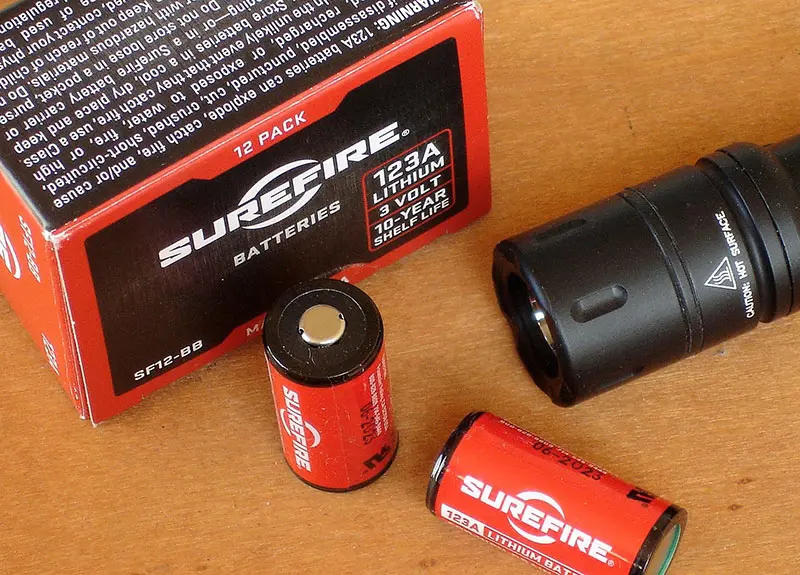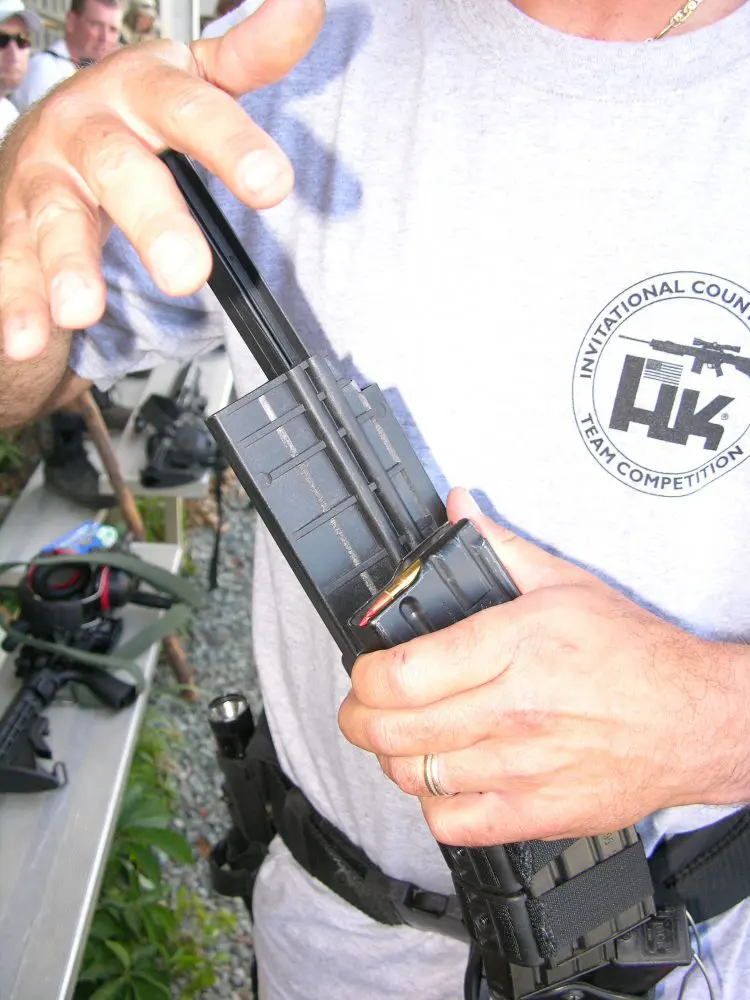I’ve started writing this column about four times, but none of the topics felt right. Then my co-worker got hit.
During a snowstorm a few days ago, I was covering a minor crash on the local stretch of Interstate highway. Upon my arrival at the scene, which was located in the high-speed lane at the end of a shallow right curve, I was greeted by a couple of other vehicles that spun sideways around my stopped car without making contact. I realized that we needed another set of emergency lights farther back.
One of my partners arrived shortly thereafter and set up in the same lane at the beginning of the curve. As we were speaking on the radio, the last thing I heard was, “Let me know about lunch…OH, I’m gonna get hit!” He was right.
I didn’t see the impact, but saw the cars spinning to a halt. He had been rear-ended by a teenager who was busy on her cell phone instead of paying attention to the icy road and emergency vehicles. The end result was a totaled police car, an officer who is still off work due to neck pain, and a pending complaint on Yours Truly for shouting a very foul 12-letter word at a motorist who almost hit me while running up to the scene. He deserved it, too.
In the end, we chalked it up with a shrug to another case of stupid driving. At least, we did until I suddenly realized that we had gotten away from a traffic control tactic we had used successfully for several years.
Previously, whenever the Interstate was icy and there were emergency vehicles stopped, we would halt traffic briefly and then allow one lane to proceed. This caused a small traffic back-up that forced motorists to stop and then proceed at a slower pace. When this is not done, every third motorist thinks it is perfectly acceptable to whiz by accident scenes at normal highway speed in spite of the fact that the road is slicker than the proverbial cat scat on a linoleum floor.
More aggravating was the realization that we had quit using this tactic simply because it was easier to do nothing. Since nothing bad had happened for awhile, our behavior was reinforced to the point that we didn’t even worry about doing things the safer way.
This thought dovetailed into another idea that had been rolling around my head for several months. I feel that our officers are currently not placing enough emphasis on officer survival, and I recognized a similar reason: nobody has been seriously hurt in several years. I don’t consider this so much a failure of administration, but a failure of the officers themselves.
I can remember a similar situation from the early days of my career. Many of the old-timers poked fun at all the newfangled “tactics stuff” that rookies did, such as searching buildings with guns drawn or using proper handcuffing techniques. Heck, I was ridiculed for carrying a briefcase when arriving for duty. The veterans couldn’t imagine why an officer would want to carry things like extra flashlights and rubber gloves.
Most guys didn’t worry too much about tactics. They believed that backup was for cowards, and we were forbidden to go 100 yards outside the city limits to back up the county or state police. Just not kosher, you know.
That all changed on 5 February 1993, when Indiana State Police Master Trooper Michael Greene was killed on a traffic stop alongside the Interstate by a small-time loser who, unknown to anyone, had committed an armed robbery the previous day. A passenger in his vehicle was being arrested on misdemeanor warrants when Norman Timberlake reached out and stuck a .25-caliber automatic into the center of Greene’s chest. The gun only fired once but it was enough. He wasn’t wearing a vest.
Trooper Greene was the first local officer to die in the line of duty in over 25 years.
After our buddy was murdered, a collective wake-up call sounded through the ranks. Suddenly, things like “tactics” and “officer survival” meant something.
It wasn’t that we didn’t know how to do things safely. It was a case of everyone reaching the same unspoken conclusion that “it could happen, but not here, not to me,” much like our recent attitude at accident scenes. After the murder, the shift in outlook was dramatic, and for many years officer safety was foremost in everyone’s mind.
Now, 15 years later, there aren’t too many local road cops who even knew Mike. The younger generation has better initial training than we had, but for the last few years I’ve been seeing too many corners being cut, safety being compromised in search of efficiency, and a general lackadaisical attitude toward things like carrying a second gun, waiting for backup, and good building search tactics.
It will all change again after someone is seriously hurt or killed, but why must such things happen before otherwise intelligent people pay more attention to the basic skills that will help them survive?
I would guess that most of us have experienced this kind of tactical malaise. I even went through a period a few years ago where I didn’t bother to carry a backup gun. Today, that thought gives me dry heaves. I had gotten sloppy and lazy, rationalizing that “it” wouldn’t happen to me on that particular day. Unfortunately, those days stretched into months. Did I mention complacency has a tendency to feed on itself?
I probably haven’t said anything here that you haven’t heard before, but I feel it is important to periodically make the reader re-examine their own attitudes. Stop right now and spend a few minutes examining your own life, then decide if you are doing things in the most tactically sound manner or just going through the motions.
If changes need to be made, make them today, because there is every possibility you won’t have that opportunity tomorrow.




